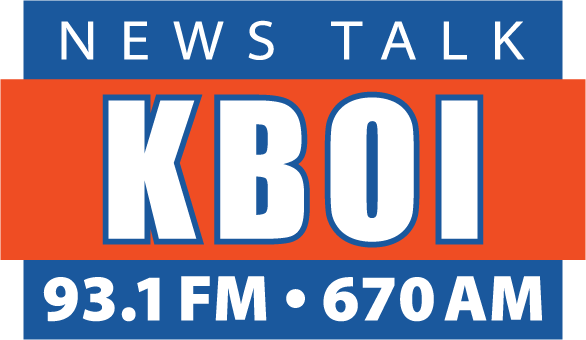Boise State’s opponent in football next week is Washington State University. Washington State, or Wazzu, as it’s commonly known, has one of the best veterinary schools in the nation. It’s also known for its schools of pharmacy, nursing, forestry and business. And then there’s cheese.
During World War II, Americans rationed their food. Some foods were hard to get, including sugar and bananas. Anything that normally arrived by boat was either delayed or unavailable. That’s when the science of food really took off. In Idaho, the J.R. Simplot Company developed a way of freeze-drying potatoes, providing easily-transportable food for soldiers, making the Simplot family wealthy and eventually leading to a deal with McDonald’s. A large percentage of the nation’s fast-food French fries are now produced in Idaho because of it.
In some agricultural areas of the United States, scientists worked on new ways to produce sugar. In California, sugar was already being extracted from beets, and most of the sugar beet farmers at that time were Japanese. When Japanese-Americans were sent to internment camps, most of the sugar beet industry in the U.S. moved further inland, to states like Utah, Idaho, Montana and North Dakota. In the midwest, the corn syrup industry began to thrive, which is why today you’ll find high-fructose corn syrup in the ingredients of most processed foods, and you’ll find a plethora of nutritionists telling you not to consume it.
Then there’s Washington State University, where work in the 1940’s gave us cheese that for the first time could be stored, transported and sold in cans. Cheese didn’t spoil while being shipped to the troops overseas. This led to the expansion of the campus creamery, which is still a leading research facility in cheesemaking. Wazzu’s most famous product is a kind of white cheddar cheese that for some reason is called Cougar Gold.
Washington State has also produced an eclectic group of alumni. Sportscaster Keith Jackson, famous for phrases like “Woah, Nelly”, “It’s gonna be a catfight” and “he comes off the field dragging a leg”, graduated from Washington State and became the primary voice of nationally-televised college football games in the 1970’s.
Gary Larson, the cartoonist who created “The Far Side”, went to Wazzu. He’s the one who showed us, in the 1980’s, that cows stood on two legs and talked when we weren’t around, that dogs, if you can understand them, are just yelling “hey, hey, hey, hey”, that dinosaurs became extinct because they smoked cigarettes, and that if the bluebird of happiness doesn’t come for a visit, you can probably still count on the chicken of depression.
Humorist Patrick McManus went to Washington State. The author of books like “They Shoot Canoes, Don’t They?” and “Never Sniff a Gift Fish” told us “there is no greater fan of fly fishing than the worm”.
Other Washington State grads are Edward R. Murrow, the father of television news broadcasting, Microsoft co-founder Paul Allen, LSD advocate Timothy Leary and Dr. Laurence Peter, who developed the Peter Principle. In short, Dr. Peter told us that in any corporation, there is a perfect job for you, and as soon as you display prowess in that job, you will be promoted to a new job you can’t handle.
Sports figures associated with Washington State include Drew Bledsoe, Ron Cey, Gene Conley, Craig Ehlo, Scott Hatteberg, who plays an important part in the story of “Moneyball”, and Mark Rypien, the former NFL quarterback and uncle of Boise State quarterback Brett Rypien.
Wazzu, by the way, is located in Pullman, Washington, a town named for George Pullman, who invented the railroad sleeping car, allowing us to travel comfortably by train at night. He didn’t go to Washington State, though.
I’ll close with this, which is something told to me by a graduate of the rival University of Washington: Why did the Washington State football team cross the road? Because it’s easier than crossing the goal line.
That’s not really a very good joke, but for next week at Albertsons Stadium, I hope it’s true.








